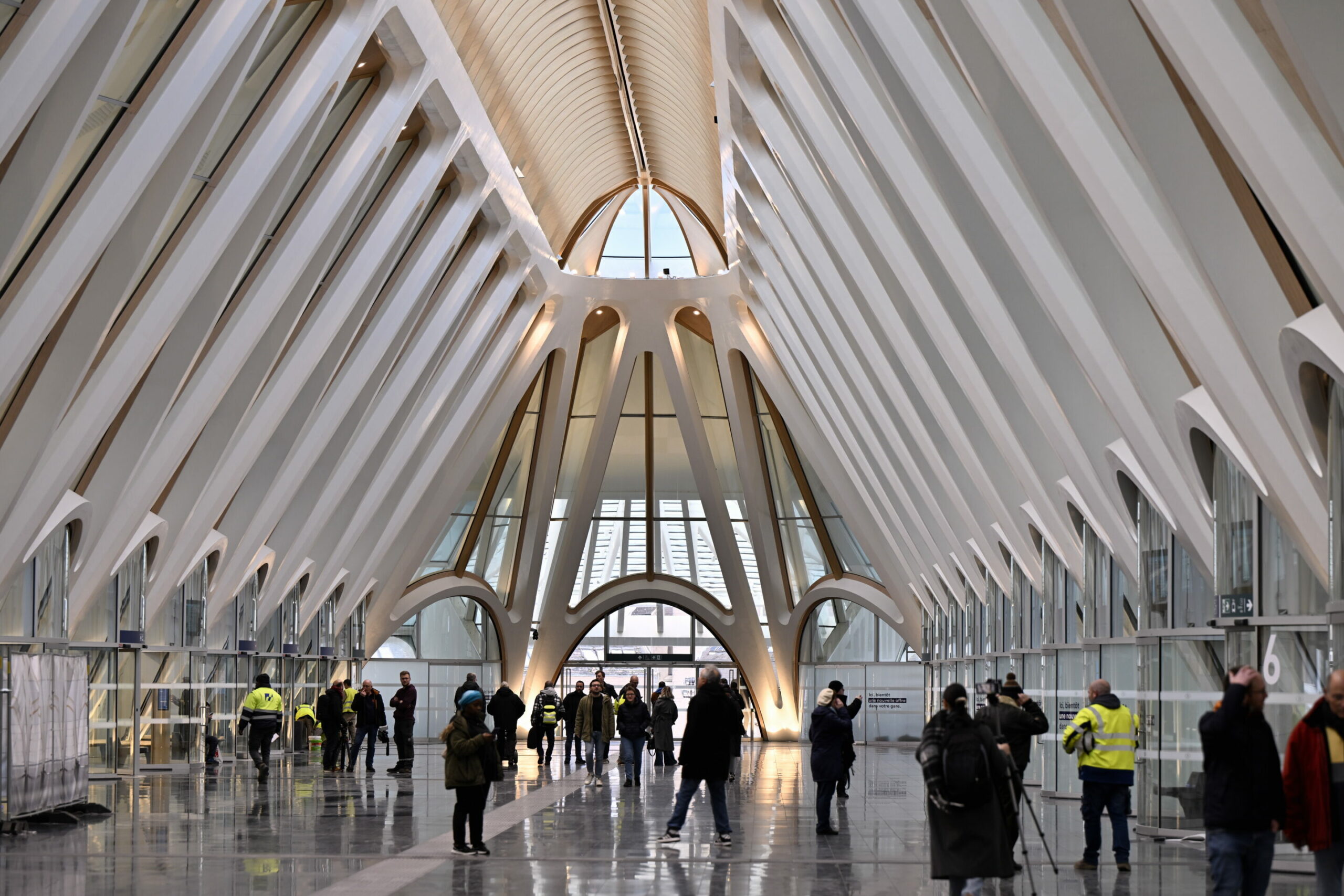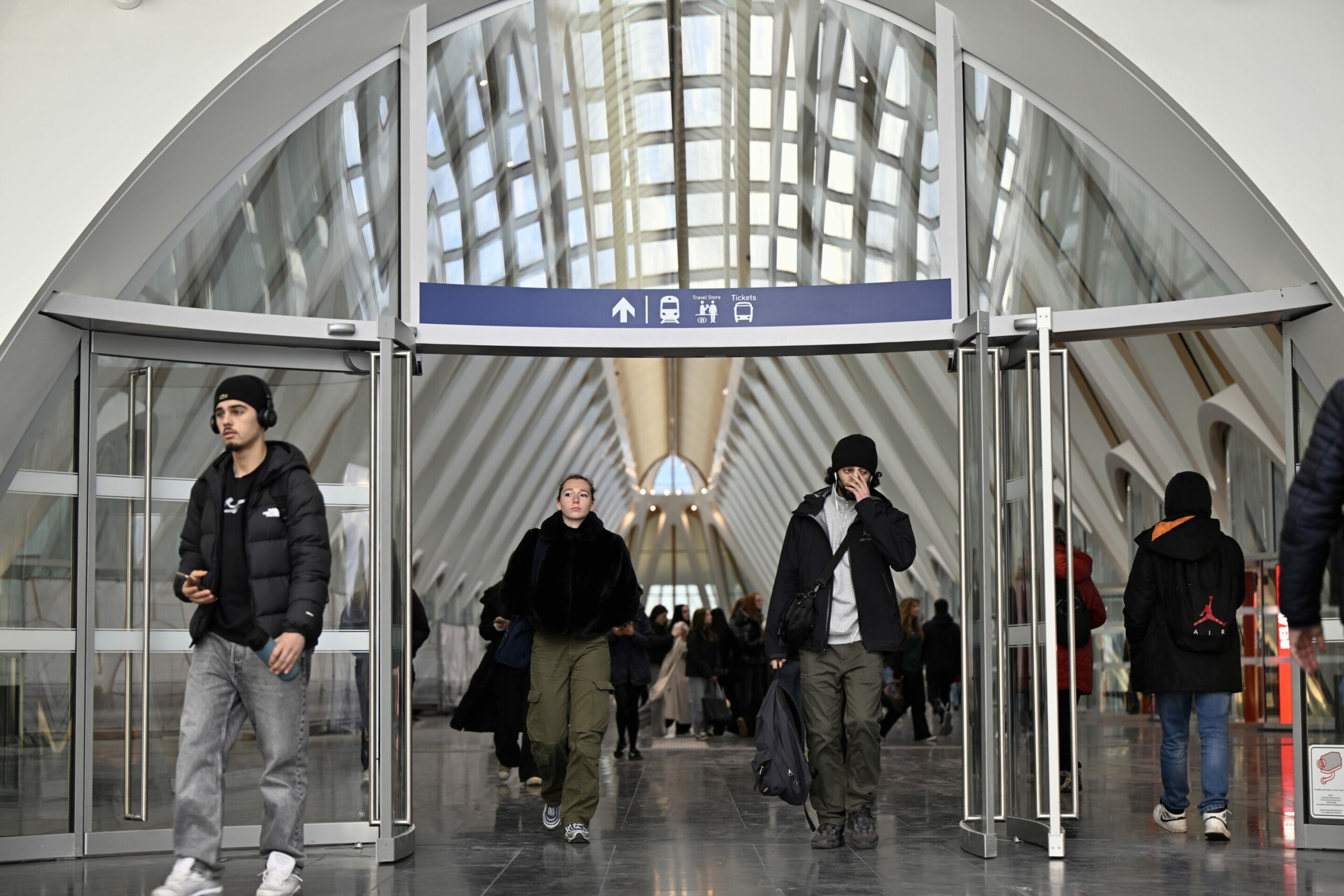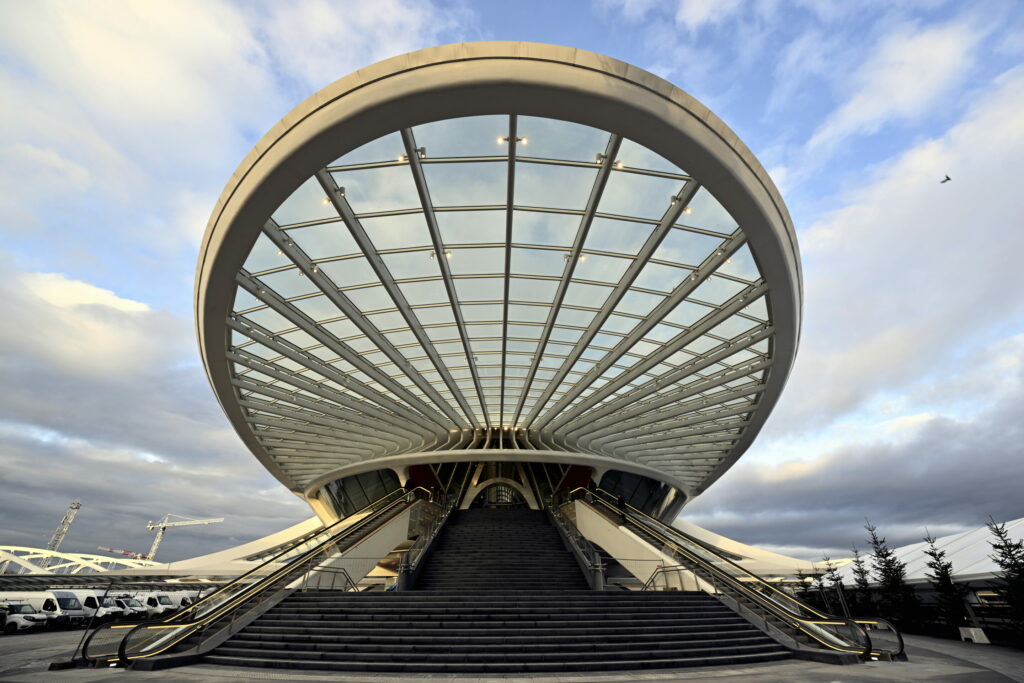The new train station in Mons (Hainaut province) opened on Wednesday. It is now regaining its international status with the launch of the new low-cost 'Ouigo' connection between Paris and Brussels on Thursday.
The Ouigo trains will run on the regular lines between the Paris Nord and Brussels-Midi stations. They will also serve the French cities of Creil and Aulnoye-Aymeries, and Mons in Belgium.
This train link will connect the two capitals in three hours with three daily round trips in each direction: in the morning, at midday and in the early evening. Ticket prices will range from €10 to €59 one way, and children under 12 will benefit from a fixed price of €8 for a trip between France and Belgium.

Opening of the new Mons train station. Credit: Belga/Eric Lalmand
In April 2015, the regional high-speed Thalys train in Wallonia (connecting Liège, Namur and Mons to France) was stopped for technical and profitability reasons, depriving Mons of its international status. But from Thursday, trains going abroad will again stop at the station, whose recent renovation was designed by famous Spanish architect Santiago Calatrava.
The first time Paris and Brussels were connected by train was in June 1846, via Lille. At the time, the trip to the French capital went via Mons, Quiévrain and Valenciennes. By steam train, it took around 12 hours and 30 minutes to cover the 370 kilometres.

Opening of the new Mons train station. Credit: Belga / Eric Lalmand
However, this Franco-Belgian connection via Quiévrain was closed on 3 June 1984 to passengers as part of the IC-IR plan, and to freight on 15 April 1992.
Since the late 50s, international traffic, in particular the Trans Europe Express (TEE), had been passing through the Belgian border town of Quévy, via line 96. However, the arrival of high-speed trains put an end to cross-border traffic there.
14 December 1997 marked the first high-speed Brussels-Paris connection by Thalys, on dedicated tracks, via Antoing and Esplechin (both in Belgium), and Wannehain and Lille (in France). Currently, the journey by Eurostar takes 1 hour and 27 minutes.

